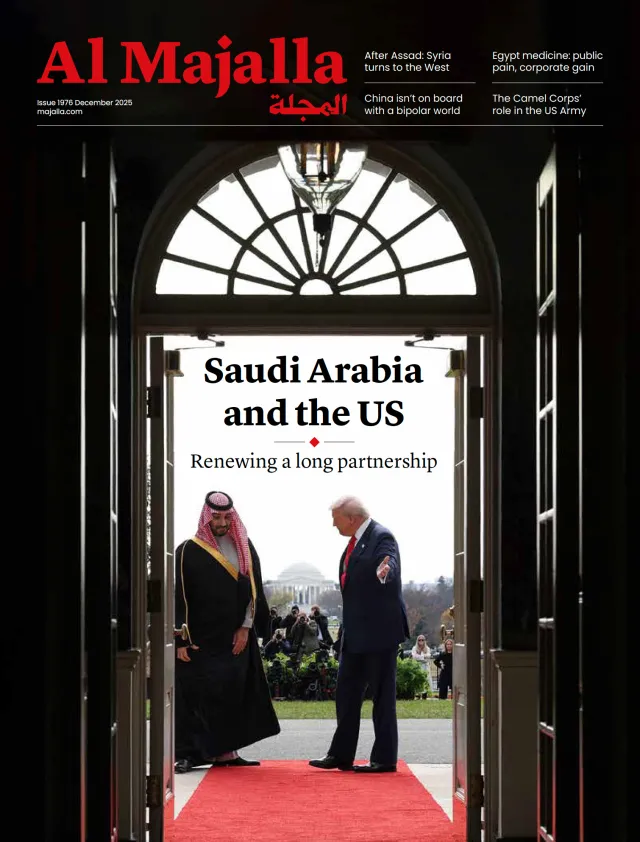In February 1972, Richard Nixon stepped into the heart of Communist China at a time when hostility between the two countries was at its height. The bold visit—more than halfway into the Cold War—was aimed at defining roles and delineate spheres of influence between China and the United States.
The US president understood that politics was the art of managing enmity, not declaring it. He feared not distant horizons nor the Silk Road and treated contradiction as an opportunity. With a single handshake, he initiated the first steps towards healing the East-West divide.
Mao, meanwhile, stood in the autumn of his revolution. His body was weary, his principles stretched, but his mind remained sharp. He knew that revolutions that fail to ride the winds of change perish with their children.
To Mao, Nixon’s visit was a late recognition of the Chinese dragon—a breath of oxygen into a house suffocating on its own slogans. He knew when to wield ideology, when to sheath it, and when to hang it on the wall. That handshake wasn’t a sign of repentance, nor surrender, but the first bandage on a wounded nation.
Impulse vs measure
From that meeting, the world emerged transformed. The fog of the Cold War slowly began to lift, and the arteries of trade and diplomacy pulsed again. One handshake altered the course of globalisation—before the term itself existed. A new China was born from the womb of American realism, and Washington—with an eye on Moscow—began to see Beijing as a force it could no longer ignore.
A half century later, winds have changed, actors have been replaced, but the carpet remains. In Washington, Donald Trump inherits the imperial mantle; in Beijing, Xi Jinping extends the revolutionary hand.




